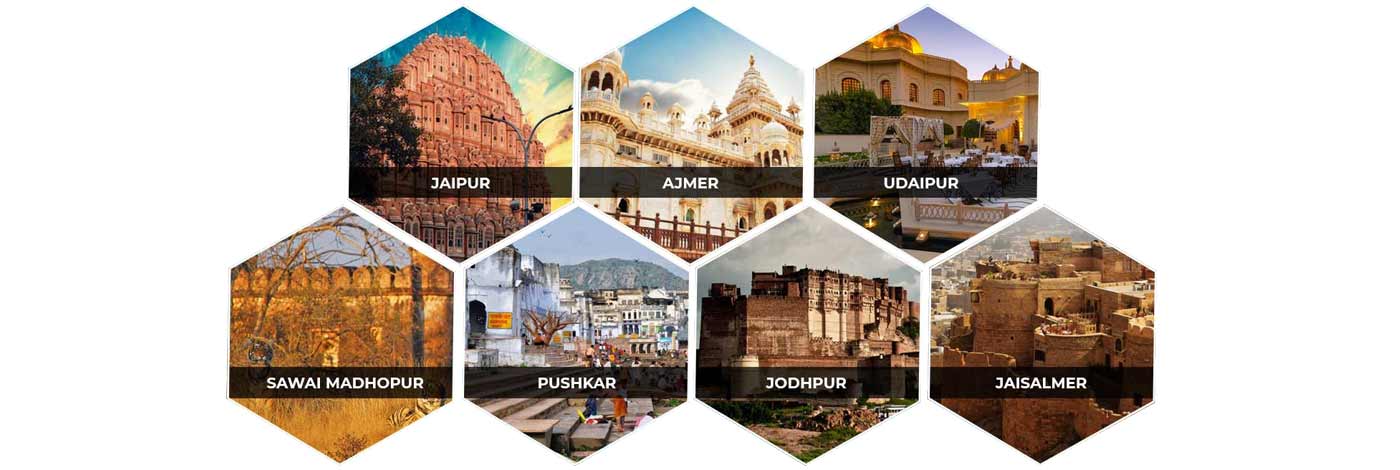
National Chambal Wildlife Sanctuary Kota
The National Chambal Wildlife Sanctuary consists of about 400 km of Chambal River, which begins from Rajasthan’s Kota district. Rajasthan falls on the north and south of the river as it courses through Swai Madhopur. Further downstream, the sanctuary areas includes Dholpur in Rajasthan and Morena in Madhya Pradesh, when the river enters Uttar Pradesh, Agra district falls to its north and Bhind district in MP to its south. Further downstream (after 40 km), in UP’s Etawah district, the sanctuary limits ends about 5 km beyond the confluence of the Chambal and Yamuna at Bahreh. In width, the sanctuary extends from 1 km to more than 6 km on either side of the river, at different places. The total sanctuary area is approximately 635sq km in UP, 320 sq km in MP and 285 sq km in Rajasthan.
Chambal, as far the mythological tale goes, was born of cow blood, sacrificed by a king to attain the supreme, which prompted the priests and saints to curse and label it unholy and consequentially, few temples only could come up along its bank. This possibly is the reason why, apart from Kota, no industrial town could got established near it. The absence of similar polluting cities and industrial units all along its stretch has helped this river to be one of North India’s cleanest and bestowed the region with a remarkable and amazing variety of fauna.
The sanctuary was established in 1979. From near Ranthambhore, up to Bhind, the river forms the state boundary between Rajasthan and Uttar Paradesh on one side and Madhya Pradesh on the other. About 400 kms of the river has been declared a sanctuary. Some 220 km – approximately 20 km upstream from Dholpur, river’s course is flanked by mud ravines, at times extending to 10 km on either side, these are a unique geological feature that shifts with the annual monsoon flooding, creating a labyrinthine topography which became particularly infamous in the 70s and 80s for harboring the dacoits.
Birds in National Chambal Sanctuary
The National Chambal Sanctuary is listed as an important bird sanctuary at least 320 species of resident and migratory birds inhabit the sanctuary. Migratory birds from Siberia form part of its rich avian fauna. Vulnerable bird species here include the Indian skimmer, sarus crane, Pallas's fish eagle and Indian courser. The pallid harrier and lesser flamingo are near threatened. Winter visitors include black-bellied terns, red-crested pochard, ferruginous pochard and bar-headed goose. Other species include great thick-knee, greater flamingos, darters, and brown hawk owl.
Rajasthan Wildlife
Rajasthan brings to mind the images of forts, palaces, lakes, colourful festivals and the mighty Thar Desert. Rajasthan is a land of varied topography, ranging from the semi green forests of Mount Abu to dry grasslands of the desert, and from the dry deciduous thorn forest of Aravali to wetlands of Bharatpur. Each of these areas is home to variety of rare as well as endangered animal and bird species. The sanctuaries and the wildlife parks here attract the migratory birds and become their temporary home. Migratory birds like the common crane, ducks, coots, pelicans and the rare Siberian cranes, imperial sand grouse, falcons, buzzards flocks to this state during the winter season. In the season time, the whole place echoes with enchanting sounds and fascinating visuals against the sprawling meadow of flora. Each of these areas is a haven for a wide spectrum of wildlife, bestowing the state with some of the most fascinating wildlife sanctuaries in India.
With its unconventional beauty and varied attractions, Rajasthan simply charms its way into our hearts. However, there is another aspect of Rajasthan that draws visitors in hordes. Well, it is Rajasthan's rich wildlife that makes adventure lovers and wildlife enthusiasts flock its national parks and wildlife sanctuaries every year. A very well known fact is that Rajasthan has a variety of flora and fauna. Rajasthan is the haven of the tigers and many endangered species. Rajasthan is the home of some rare species of tigers, blackbucks, chinkara, the desert fox, the endangered caracal, the great Indian bustard, gavial, monitor lizard, wild boars, porcupine, etc. The leopard (panther) here is found in forests and in open degraded forest areas with rocky outcrops adjoining towns and villages. Each type of ecosystem is host to some rare species, so they have been marked as special area wildlife.
Rajasthan boasts of three national parks and over a dozen sanctuaries that offer a fascinating variety of birds and beasts, of flora and fauna and of hilly and forested terrain. Most of these areas are open to visitors round the year but are closed briefly during the monsoon. The wildlife sanctuaries in Rajasthan offer some of the best wildlife tours in India and can be explored either by jeep or on elephant back. So, get set for a jeep or elephant safari and enjoy a close encounter with the wild beasts and beautiful birds in their natural habitat. For those looking for adventure, these wildlife sanctuaries of Rajasthan provide the kind of excitement that really makes the adrenaline flow.
The Nahargarh Biological Park has a variety of vegetation and several species of wild beasts. The Jhalana Nature Trail, Arboretum Park, Amrita Devi Park and Machia Safari Park are the other popular ones. Around 550 species of birds can be traced in the lakes, ponds, marshlands and grasslands of Rajasthan. They are an absolute paradise for bird lovers most of which are residents. The best colony of birds in the world is Kealodeo National Park situated in Bharatpur. The Keoladeo Ghana National Park at Bharatpur is a bird sanctuary that is visited, every year, by our feathered friend from distant lands. It is famous for the exotic Spoonbills and Siberian Cranes. It has more than 400 species of birds and more than 130 of them breed inside the park. Being a unique bird place, the UNSECO has recognized it as a world heritage site. The Sariska Wildlife Sanctuary and the Ranthambore National Park are tiger reserves and homes to the royal Indian tiger. These destinations have a large variety of other wild species including the wild boar, jackal, sambar and nilgai. The Ranthambore National Park is also a heritage site, as it houses the magnificent ruins of a thousand-year-old fort.
The best season for bird watching begins with the onset of winter when marshlands and lakes are inhabited by migratory birds as well as resident birds. Flamingos, too can be seen in salt-water lakes like Pachpadra near Barmer and Sambhar near Jaipur. The major wetlands other than Bharatpur in Rajasthan.
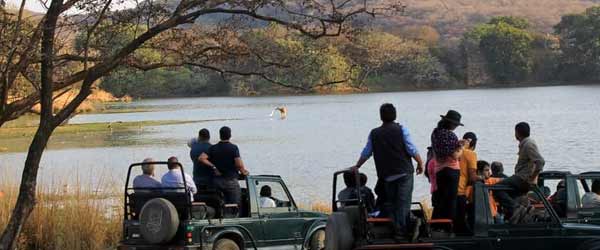
Ranthambore National Park
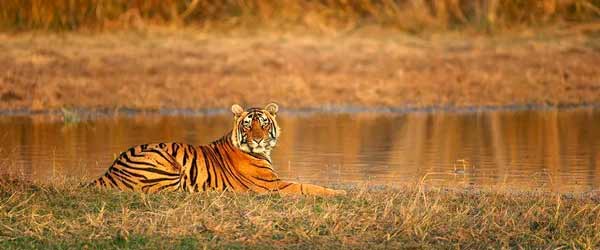
Sariska National Park, Alwar
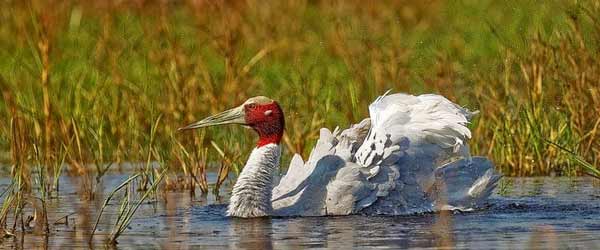
Keoladeo Ghana Bird Sanctuary
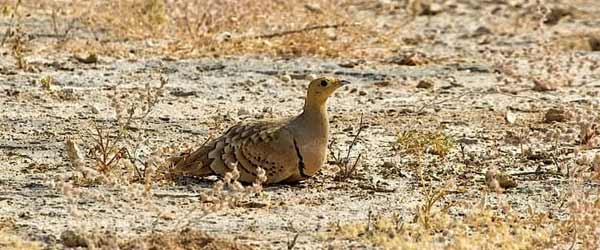
Desert National Sanctuary
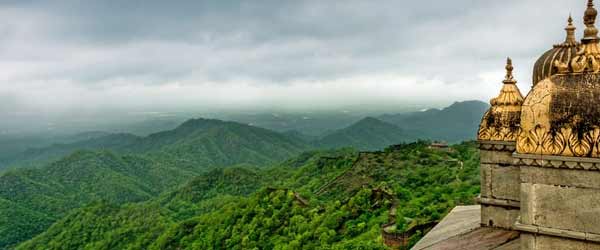
Kumbhalgarh Wildlife Sanctuary
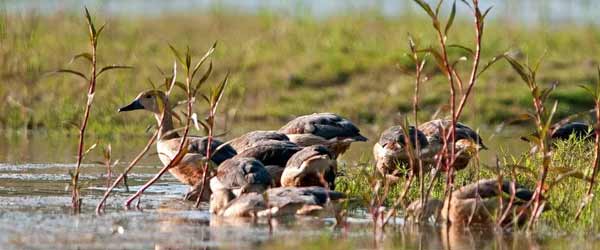
Darrah Sanctuary, Kota
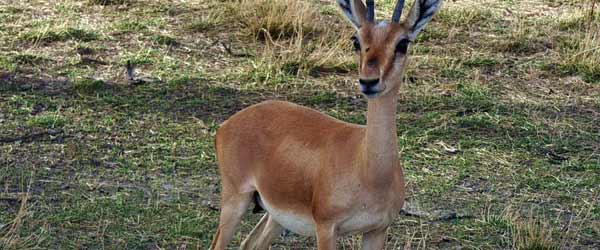
Mount Abu Sanctuary
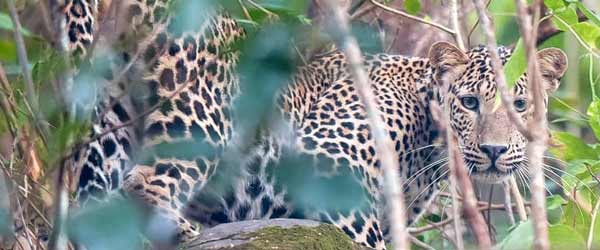
Sita Mata Sanctuary, Pratapgarh
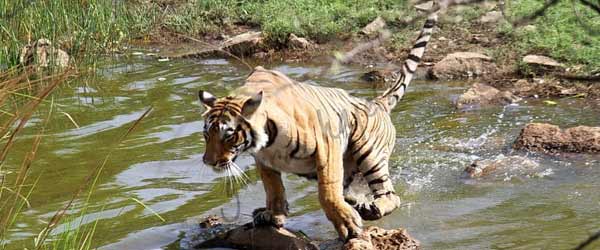
Keladevi Wildlife Sanctuary
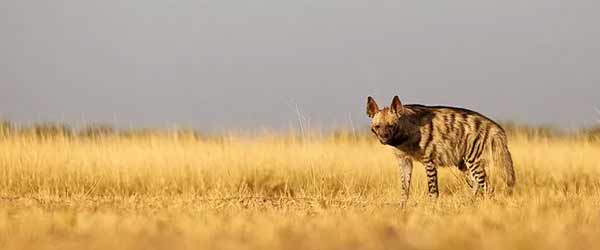
National Chambal Wildlife
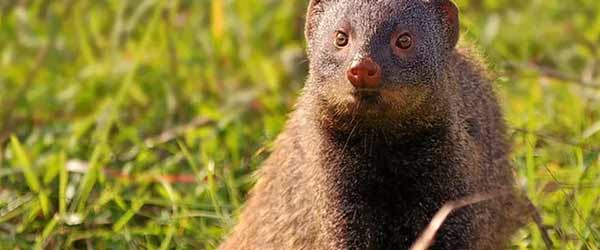
Machiya Safari Park, Jodhpur
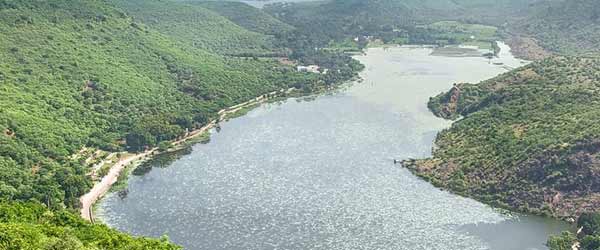
Ramgarh Vishdhari Sanctuary
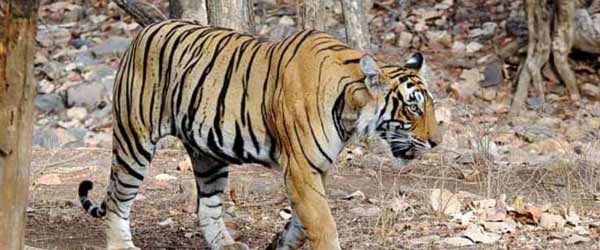
Mukundara Tiger Reserve, Kota
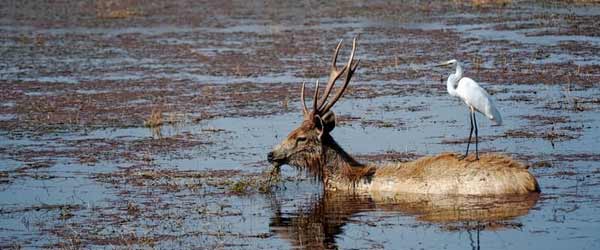
Baretha Wildlife sanctuary
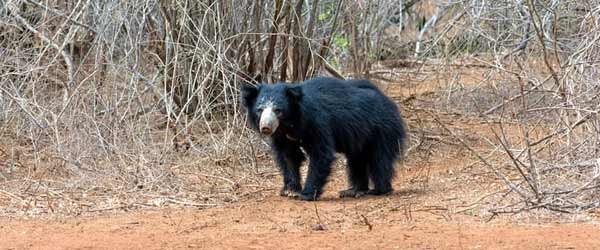
Jaisamand Sanctuary, Udaipur
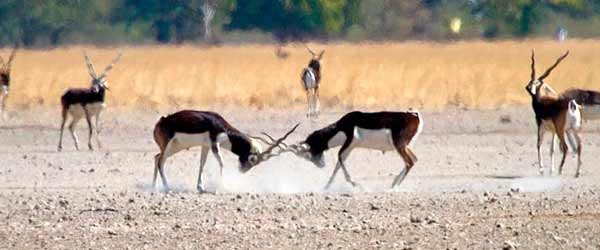
Tal Chhapar Sanctuary
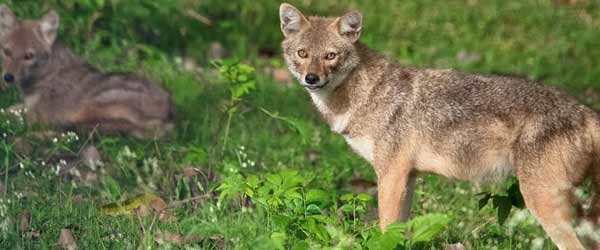
Bassi Wildlife Sanctuary
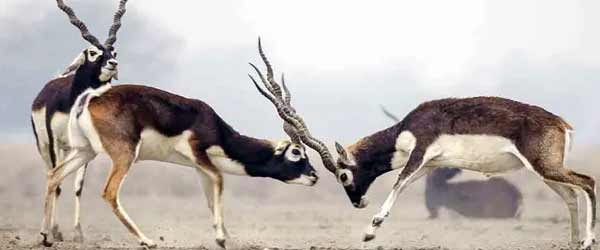
Gajner Wildlife Sanctuary
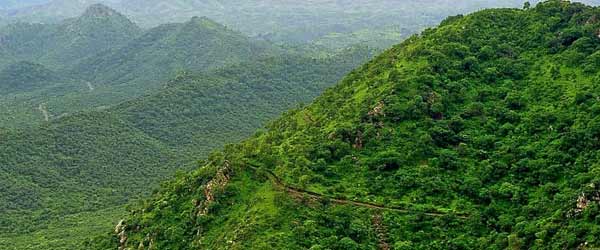
Sajjangarh Wildlife Sanctuary
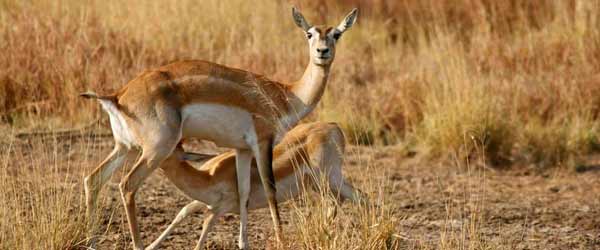
Todgarh Raoli Wildlife Sanctuary
 +91 9549279999
+91 9549279999 